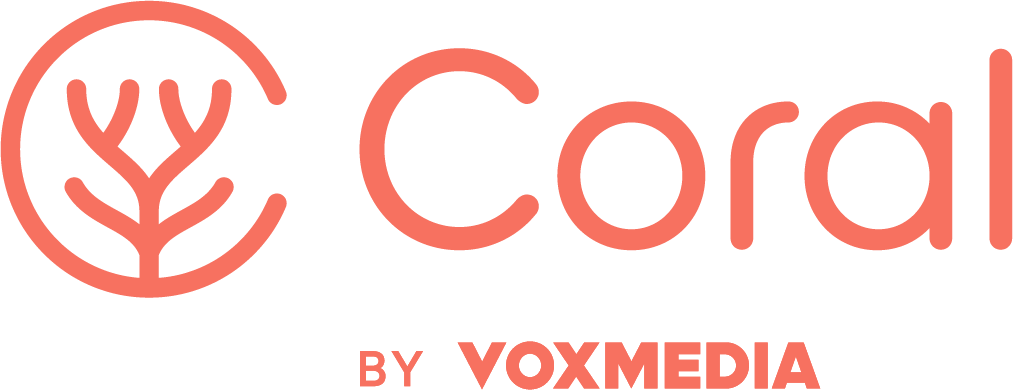When Justin Carmony of Deseret News in Salt Lake City, Utah told us in our online community how our free tool Ask had taught him to write better questions, we just had to hear more. Here he shares how his newsroom is using Ask to drive ‘fantastic’ levels of engagement around their journalism.
Why did you decide to use Ask for this piece?
We set up Ask a few months ago, and were looking for a use-case to try it. Our new series on opioid addiction in Utah felt like the perfect opportunity to experiment with asking our users to share their own stories and experiences.
What was your goal? What were you hoping to receive from your readers?
Our goal was just to see what would happen. Would people send us feedback? What kind of information would they share with us? It really was an experiment to see what would happen.
What happened when the first replies came in?
![[IMAGE] A screenshot of a Slack channel, all of the answers to the questions being "yes" or "no"](http://blog.coralproject.net/wp-content/uploads/2017/06/Pasted-image-at-2017_06_22-02_28-PM-1024x757.png)
We set up Slack integration with Ask, so that every response would be logged in a Slack channel. At first, I thought we had made a mistake because every answer was “yes” or “no.” But digging into it, we realized that there wasn’t a bug with – we just needed to ask better questions. At that point we had 31 responses, and only one person had expanded their response beyond a simple yes/no answer.
What changes did you make?
We drafted new, more open-ended questions: “How has opioid abuse impacted your family or community? What are the biggest challenges in confronting this problem?” We also added a third question: “Would you be willing to share more of your story? If so, include your email address.”
What were the results of the changes?
![[IMAGE] A screenshot from a Slack channel of someone answering the questions with long and detailed replies about the respondent's husband's history of opioid abuse](http://blog.coralproject.net/wp-content/uploads/2017/06/Pasted-image-at-2017_06_22-02_30-PM.png)
Our new questions produced much better responses. We went from an average response length of 3 characters (yes or no), to 281 characters (a few sentences). Almost every new response was at least one complete sentence, but several exceeded 400 words.
What caught us off guard was the range and depth of emotions in the responses. Responses ranged from vivid anger to devastating loss. Some responses were filled with despair, others with hope. We heard from spouses, parents, adult children, friends, neighbors, as well as struggling and recovering addicts. It showed clearly that the opioid crisis, inside and outside of Utah, affected everyone at some level. We felt humbled that our readers trusted us to share their stories with us.
After adding the email field, 41% of responders included an email address. We were elated to see so many people wanting to share their stories and experience with opioid addictions.
Finally, the types of responses we received through Ask were very different from the types of comments left on the story. While the responses shared their experiences, the comments were more focused on sharing opinions.
What will you do with these stories?
We’ve been discussing how we want to share these responses. We’ve shared the responses and email addresses with the team that produced the story and they are likely to reach out to some of the respondents for future coverage. We have lots of ideas and look forward to experimenting to see which methods work the best.
How does using Ask compare to other ways you’ve asked for reader stories?
Ask allows us to pose questions and solicit specific kinds of information. In the past we relied primarily on reader comments, which require users to create an account.
The other way we’ve received feedback is through our feedback emails, however most people have to go out of their way to give us this feedback. The volume of participation with Ask has been so much higher. Since our original story, we’ve tried Ask on several other stories. We’re averaging about 100 responses per story, which is fantastic for us.
One reason for our success, I believe, is we specifically spent some time to make sure Ask’s embeds looked good on our website, and that they feel native. It wasn’t too hard, just CSS style tweaks for the elements. We believe this has led to people having a higher degree of trust than with other tools we’ve used in the past.
To learn more about Ask, visit our website. If you’d like to try Ask for yourself, email jeff@mozillafoundation.org


![[IMAGE] A background of closeups of forms asking for reader responses from Deseret News. In the foreground, the Deseret News logo and a question: "Would you be willing to share more of your story? If so, include your email address (Emails will remain private and not be published)" There is a green button below the question labeled Submit](https://guides.coralproject.net/wp-content/uploads/2017/07/deseret2.png?w=1275&h=500&crop=1)